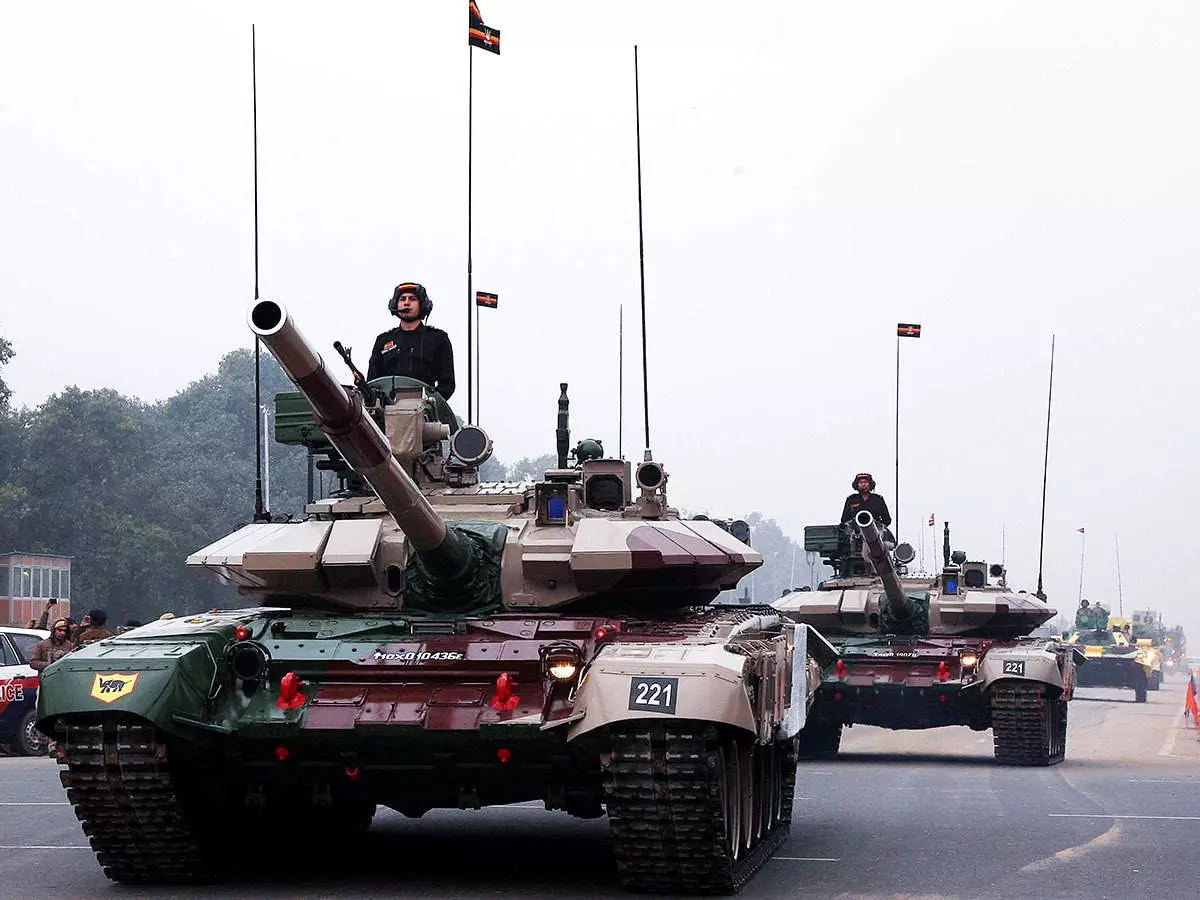Amid Border Tensions, India Procures Lightweight Battle Tanks For Use In Eastern Ladakh
The government has given a nod for emergency procurement of lightweight tanks. The decision was reportedly made after China deployed the new Type 15 light tanks along the Line of Actual Control LAC in eastern Ladakh. The Indian defence forces want tanks that can be transported by air These can be landed or airdropped directly at forward locations quickly.

Amid escalating border tensions between India and China, the government has given a nod for emergency procurement of lightweight tanks that can be deployed in high-altitude conditions.
According to an Economic Times report, the reintroduction of light tanks can play a critical role in areas such as Ladakh, where they can be more agile than the heavier main battle tanks.
 Image For Representation/ANI
Image For Representation/ANI
The decision was reportedly made after China deployed the new Type 15 light tanks along the Line of Actual Control (LAC) in eastern Ladakh.
The Indian defence forces want tanks that can be transported by air. These can be landed or airdropped directly at forward locations quickly. This is critical, because unlike China, India has not been able to develop elaborate road networks along the border.
Also Read: Border Road Organisation Builds Bridges To Help Indian Army Move Artillery To Eastern Ladakh
However, India has developed forward airfields at strategic locations. When it comes to lightweight tanks, India has limited options, as not many countries make them.
While the US has started a light tank under its Mobile Protected Firepower Program, it is currently at the prototype stage. Under these circumstances, Russia has an edge as it has air-transportable Sprut SDM1 light tank. Russia is the only country in the world to operate airborne tanks and despite its weak armour, the Sprut-SDM1 boasts of firepower comparable to any modern main battle tank.
 PTI
PTI
The decision to go ahead with a new light tank is part of a series of major emergency procurements cleared by the government at a critical meeting last week.
India and China have already held three rounds of Lt general-level talks, the last one on June 30, during which both sides agreed on an ¡°expeditious, phased and stepwise¡± de-escalation to end the face-off.
The current disengagement process began after the June 30 military dialogue and a subsequent conversation on July 5 between national security adviser Ajit Doval, and Chinese foreign minister Wang Yi. Even as uncertainty persists in the Finger Area and Depsang plains, the army is monitoring the withdrawal of the PLA from Galwan Valley, Hot Springs and Gogra, where 4-km buffer zones have come up.
 Image For Representation/PTI
Image For Representation/PTI
Other emergency procurement also includes new loitering munitions from Israel, more Heron unmanned aerial vehicles (UAVs), additional Sig Sauer assault rifles, man-portable surface-to-air defence missiles and Spike anti-tank guided missiles, among others, the ET report adds.
The army has been given the go-ahead for urgent purchases amid signs that Beijing intends to keep the conflict on.
Also Read: Watch: IAF Sukhoi 30 MKI Flying Combat Air Patrol Over Ladakh
The military build-up in Indian and Chinese depth areas hasn¡¯t thinned, with both sides keeping their guard up. The deployment of thousands of soldiers, fighter jets, helicopters, tanks, artillery guns, missile systems and air defence weapons continues in the region.
